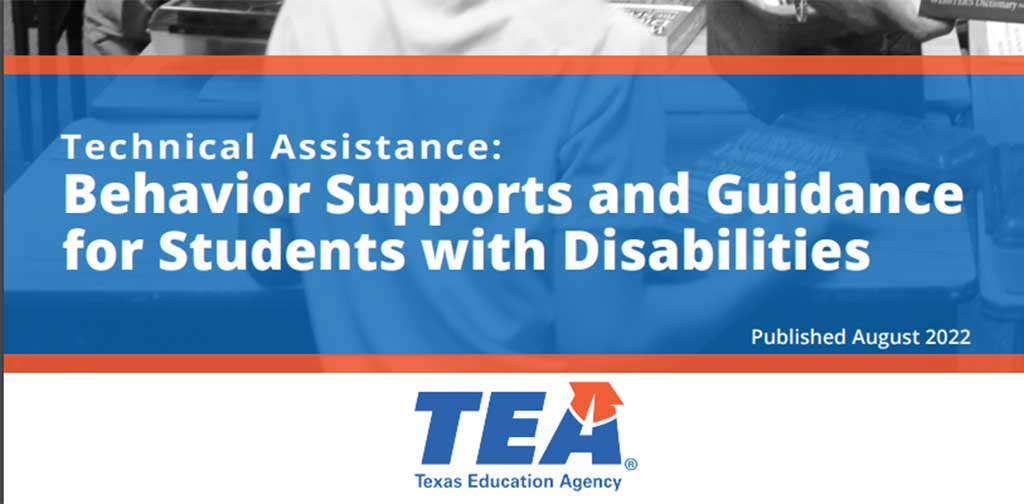The first step in getting services for your child is being prepared to explain what you want for your child and having information that supports your request. After you decide what your child needs, you must be able to clearly communicate to the appropriate person what you are requesting. Communicating with the appropriate person is the quickest, simplest way to resolve or address issues.
Identify the Problem and What You Want
Understand the nature of the problem and the position of both sides. Determine whether there is a simple solution to the issue or whether additional work is necessary for resolution. Determine if there is more than one way to resolve the issue and remember that it is easiest to implement a solution that all team members support. If there are many ways to resolve an issue, generally the school has the final say in which option will be used as long as it is an appropriate option for your child. If the teacher and other school personnel agree with an option, it is more likely that it will be implemented well and be successful for your child.
Communicate with the Right Person
Talk with the person who has the information you need or has the authority to make the changes that you want. If there is an individual in the school setting with authority with whom you have established a good relationship, it can be helpful to communicate problems with that person first. Avoid communicating with people with whom you have a bad relationship if it is possible. Try to limit the number of people trying to resolve your concerns. Identify the person who will follow-up on the issues and respond to you and agree upon a timeline for communication. Make sure that everyone understands her role and responsibility in resolving the issue. It is helpful to write an outline that everyone signs that indicates who will do what and when it will be done. Be a role model and be sure that you complete what you agree to do.
Determine Who Has the Information You Need
A very important step in successful negotiation with your school is to know the facts of your situation. The ease of getting the information and facts that you need depends on knowing who has that information. People appreciate the opportunity to work problems out at the lowest level possible. How many times have you had someone say, “if you had let me know, I would have been happy to change that.” Generally the person who is working with your child on a regular basis has the most information about your child. In many cases, the superintendent will have no idea about the everyday issues regarding your child. This can also be true for the special education administrator and the principal, unless a specific issue has been brought to their attention.
Special Education Professional and What Information the Person Should Have
Teacher – Has information about the IEP and the general curriculum for your child’s grade level as well as the classroom schedule and environment.
Principal – Has information about building schedules and transportation, staff availability (aides, teachers) and special building projects and themes.
Special Education Administrator – Has information about district resources for services for children with disabilities, whether additional services can be provided, location of programs and services, and can generally determine what the superintendent is willing to do.
Superintendent – Has the ultimate decision-making authority together with the school board regarding resource allocation and location of service.
Excerpted from Disability Rights Ohio’s Negotiation Skills for Parents: How the Get the Special Education Services Your Child with Disabilities Needs, August 2014. http://www.disabilityrightsohio.org/negotiation-skills-for-parents



